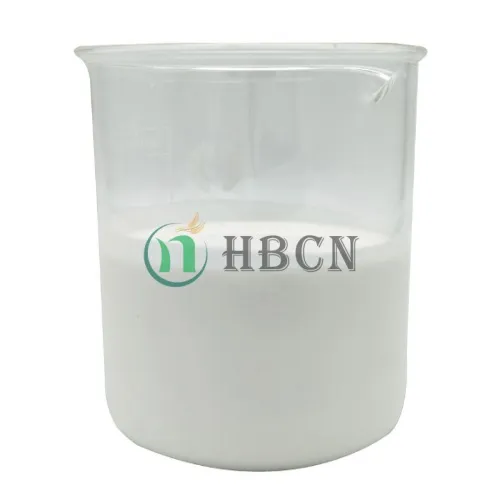
Aug . 13, 2024 02:32 Back to list
Exploring the Efficacy of Propiconazole and Azoxystrobin in Crop Disease Management Strategies
Understanding the Role of Propiconazole and Azoxystrobin in Crop Protection
Agriculture is a cornerstone of global food security, and the use of fungicides plays a vital role in maintaining healthy crops. Among the various chemical agents utilized for this purpose, propiconazole and azoxystrobin stand out due to their efficacy and broad-spectrum action against fungal pathogens. This article delves into these two fungicides, exploring their chemical properties, mechanisms of action, application methods, and impact on crop yield.
Chemical Properties and Classification
Propiconazole is an imidazole derivative, a systemic fungicide that primarily belongs to the group of triazole fungicides. It is widely used to control a variety of fungal diseases, particularly in cereals, turf, and ornamentals. The chemical structure of propiconazole allows it to penetrate plant tissues effectively, providing both protective and curative action against pathogens such as leaf spots, rusts, and blights.
In contrast, azoxystrobin is a member of the strobilurin class of fungicides. It acts by inhibiting mitochondrial respiration in fungi, effectively disrupting their energy production processes. Azoxystrobin is particularly effective against a wide range of foliar diseases and is renowned for its ability to enhance plant vigor and crop quality, leading to improved yields.
Mechanisms of Action
Both propiconazole and azoxystrobin work through different mechanisms to control fungal infections. Propiconazole targets the biosynthesis pathway of ergosterol, a crucial component of fungal cell membranes. By inhibiting this pathway, propiconazole compromises the integrity of the fungal cell, ultimately leading to cell death. This dual action—preventative and curative—makes it an essential tool in integrated pest management (IPM) strategies.
odm propiconazole and azoxystrobin

Azoxystrobin, on the other hand, acts on the fungal mitochondria by inhibiting the succinate dehydrogenase enzyme in the electron transport chain. This action not only stops the growth of the pathogen but also allows for rapid healing of infected plant tissues. The unique mode of action of azoxystrobin gives it the potential to control diseases that are resistant to other fungicides, thereby broadening its usability in diverse agricultural settings.
Application and Crop Impact
The application of propiconazole and azoxystrobin can be achieved through foliar sprays, seed treatments, or soil applications, depending on the target crop and specific disease issues. Timing is critical; applying these fungicides at the onset of disease symptoms, or as a preventive measure during high-risk periods, maximizes their effectiveness and minimizes crop losses.
The impact of these fungicides on crop yield and quality is significant. Research has consistently shown that their use can lead to higher yields and improved grain quality, particularly in crops such as wheat, corn, and soybeans. By effectively controlling fungal pathogens, these fungicides help farmers mitigate the risks of crop failure due to diseases that can devastate harvests.
Sustainability and Resistance Management
While the benefits of propiconazole and azoxystrobin are evident, sustainability and responsible use remain paramount concerns in modern agriculture. Continuous reliance on any single fungicide can lead to the development of resistance in target pathogens. Therefore, best practices recommend using these fungicides as part of a broader IPM approach, integrating crop rotation, resistant varieties, and other cultural practices to manage disease pressures effectively.
In conclusion, propiconazole and azoxystrobin are valuable tools in the arsenal of modern agricultural practices. Their ability to protect crops from damaging fungal diseases not only ensures higher yields but also contributes to the overall sustainability of food production systems. As farmers continue to face the challenges of climate change and evolving pest populations, the judicious use of these fungicides, alongside continuous research and development, will be essential for the future of agriculture.
-
Kasugamycin Fungicide: Efficient Bacterial & Fungal Control
NewsAug.02,2025
-
Emamectin Benzoate: AI-Optimized Pest Control Solution
NewsAug.01,2025
-
Best Abamectin 95% | Top Pesticide for Crop Protection
NewsJul.31,2025
-
Insecticide Spirotetramat 11% + Thiacloprid 11% SC at Good Price
NewsJul.30,2025
-
Best Abamectin SDS - Premium Quality & Reliable Safety Data
NewsJul.29,2025
-
Agrochemicals Pesticides Solutions for Sustainable Farming
NewsJul.29,2025
